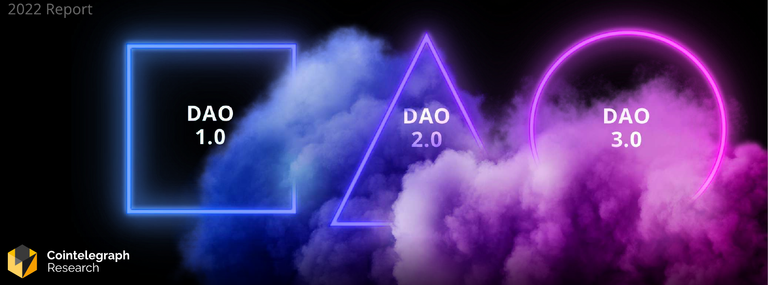Here is a reference to the 2022 research report from Cointelegraph Research on decentralized autonomous organizations (DAOs), titled DAO: The Evolution of Organization. Since the original publication is no longer available on its original page, this copy has been provided for reference. Written in 2022, it offers one of the earliest professional analyses of the history of DAOs, examines their state at the time, and explores potential future developments.

To cite the publication use:
Cointelegraph Research (2022) DAO: The Evolution of Organization. Cointelegraph Research. (Accessed: [Feb. 1st, 2025], URL: https://mega.nz/file/OM4VTARA#7_AiMVhlcysXHpqU1tULNuyBV2SL70PtJlZlLKEkTek).
Posted Using INLEO
Hello.
We would appreciate it if you could avoid copying and pasting or cross-posting content from external sources (full or partial texts, video links, art, etc.).
Thank you.
If you believe this comment is in error, please contact us in #appeals in Discord.